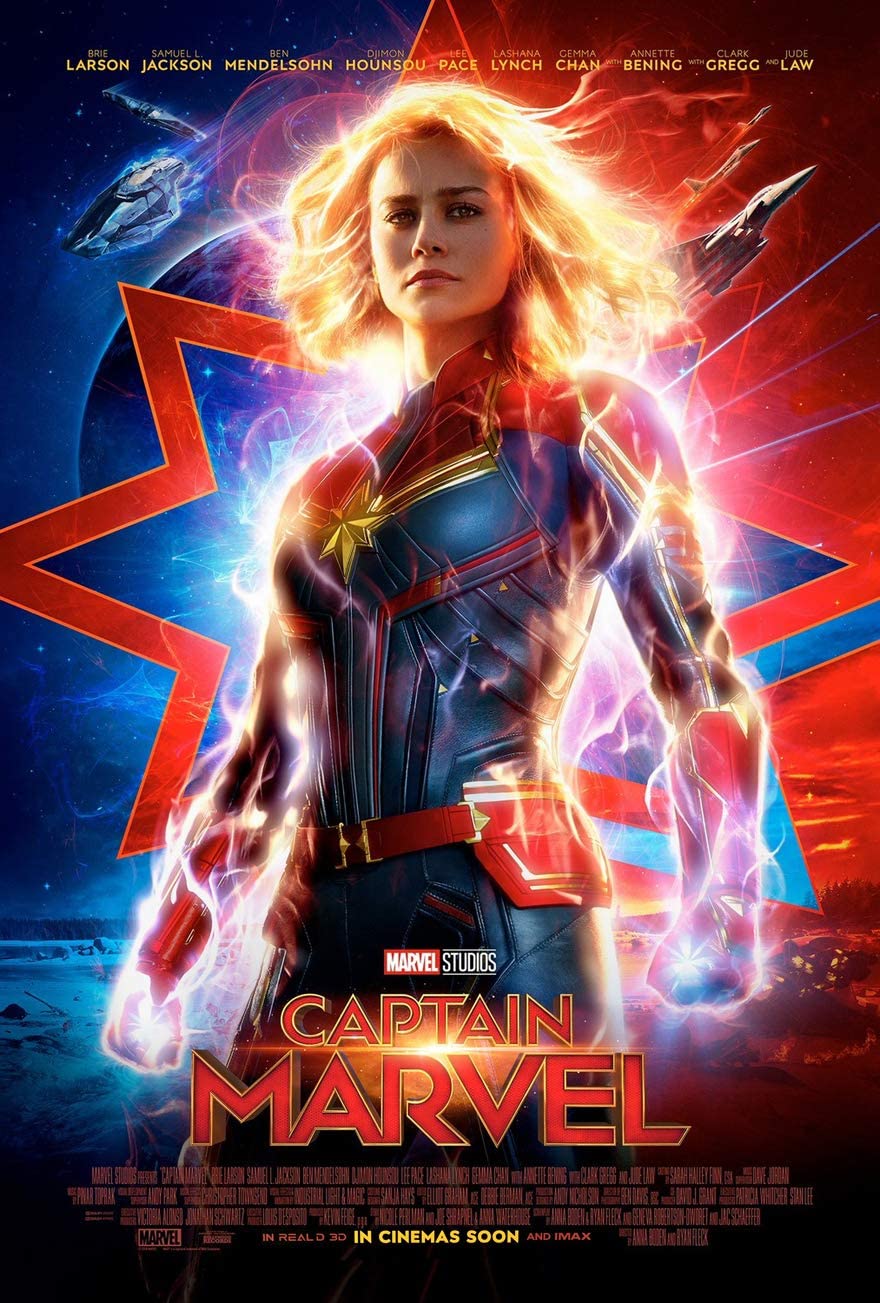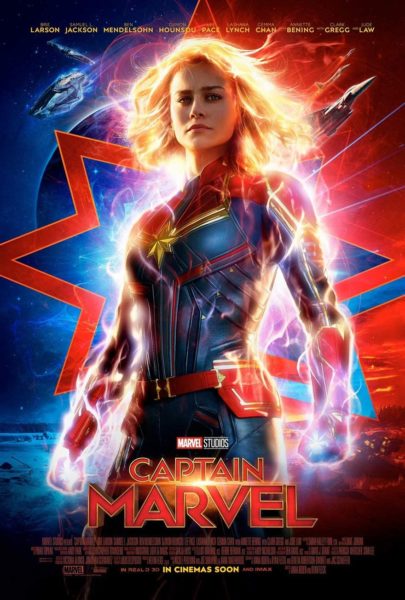

The U.S. Armed Forces are well known across the globe for being the one of the most well-funded portions of the government, spending about $718 billion in 2019, according to the Department of Defense. The DOD has been endorsing and supporting movies that use military equipment since the 1920s, and in turn, they require that movies that use military equipment in film have their script vetted by the DOD. As a result, the government can dictate the direction a movie may take in portraying the military. Essentially, the DOD can ensure that movies involving the military and its equipment only depict the military in a positive light. While recruiting for the military through movies may not be objectively bad in all forms, doing so through a skewed perspective is definitely condemnable. It creates a glorified version of what being in the military is like, which makes people want to enlist and sets up false expectations.
By 2016, the number of Pentagon-sponsored movies had grown to around 410, according to Spy Culture. Some popular ones include the 1986 film “Top Gun,” as well as “Captain Marvel” from 2019 and “Wonder Woman 1984,” in 2020.
“By 2016, the number of Pentagon-sponsored movies had grown to around 410”
“Captain Marvel” was one of the most recent manifestations of military involvement in the Marvel Cinematic Universe; this association began in 2003, when the Pentagon gave the producers access to military bases, as well as equipment for the filming of “Hulk,” in return for changes to the script. All of these changes were made to portray the military in a better light than it would have been previously, with the removal of references to military experiments and the transformation of the laboratory from a military operation to a civilian building, to name a couple. These changes, though seemingly small, vastly change the way we may have considered the military after viewing the movie. The Pentagon’s support of massively popular films allows them to control the public’s view of the armed forces.
Despite their cooperation on a number of films, there was still a falling out between Marvel and the Pentagon in 2012, in the middle of the filming for “The Avengers.” The DOD couldn’t come to terms with the idea of an international organization, as represented by the fictional S.H.I.E.L.D. and decided to back out of production.
Since then, there has been minimal involvement from the Pentagon in Marvel movies, until the arrival of “Captain Marvel.” This movie was the first time that a Marvel movie had full support from the U.S. Air Force since the “Iron Man” films. The Air Force advertised the movie through social media posts before Marvel had even began production of the film. “Captain Marvel” was being viewed as an ingenious recruitment tool by the DOD, and the Air Force was eager to capitalize on Carol Danvers, a female superhero, to gain support and boost recruitment.
“It’s almost like the Pentagon is using taxpayer money to pay for propaganda”
The Pentagon’s decision to promote movies such as “Captain Marvel” is propaganda. The DOD is essentially using taxpayer money that was delegated to the military to abridge free speech of the producers of the movie and put forth their own message in its place. While it is being put forward for recruitment, which is a valid use of taxpayer money, the way its being achieved is immoral. It’s almost like the Pentagon is using taxpayer money to pay for propaganda, painting a more positive narrative of the military than the reality of it.
While Marvel movies may be in the spotlight due to their vast popularity, they are certainly not the first films to be sponsored by the Pentagon and will most likely not be the last. The ability of the Pentagon to influence how the military is portrayed by controlling what we see of it in film is a frightening prospect to accept, especially knowing how impressionable we, as a society, have become to what is shown to us in our modern day entertainment.




Thank you Peyton. I had no idea the DOD had sway over movies. This is a bit scary.